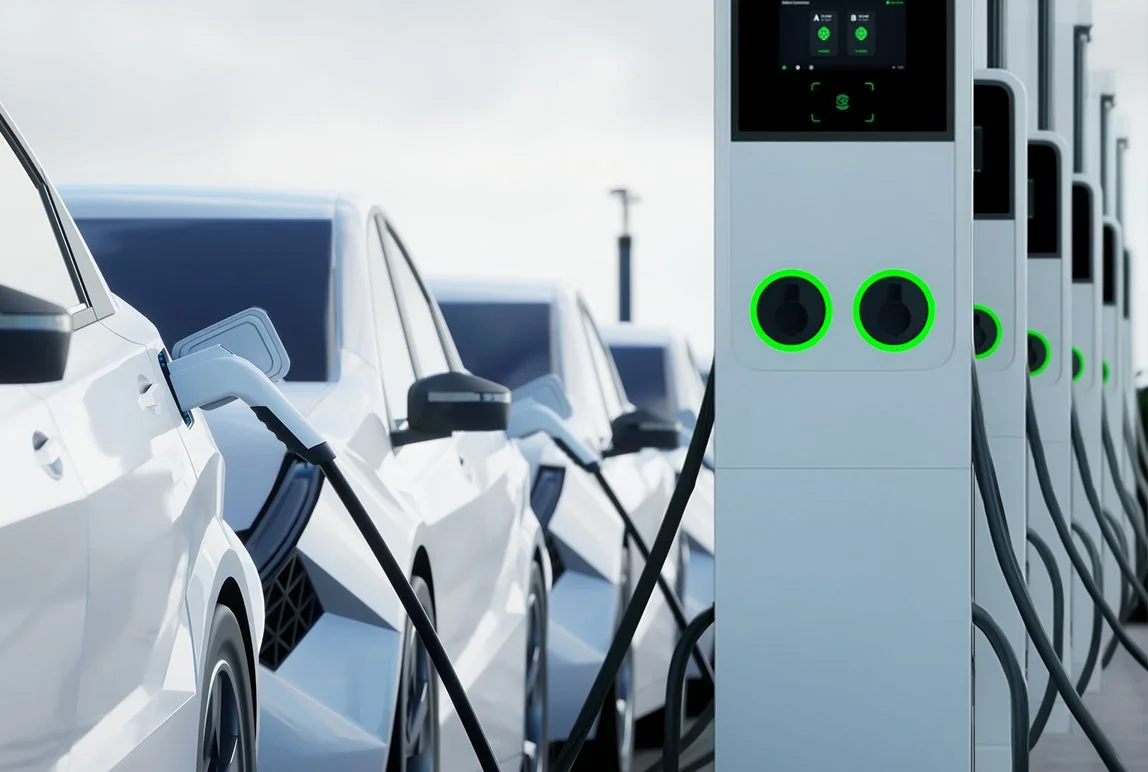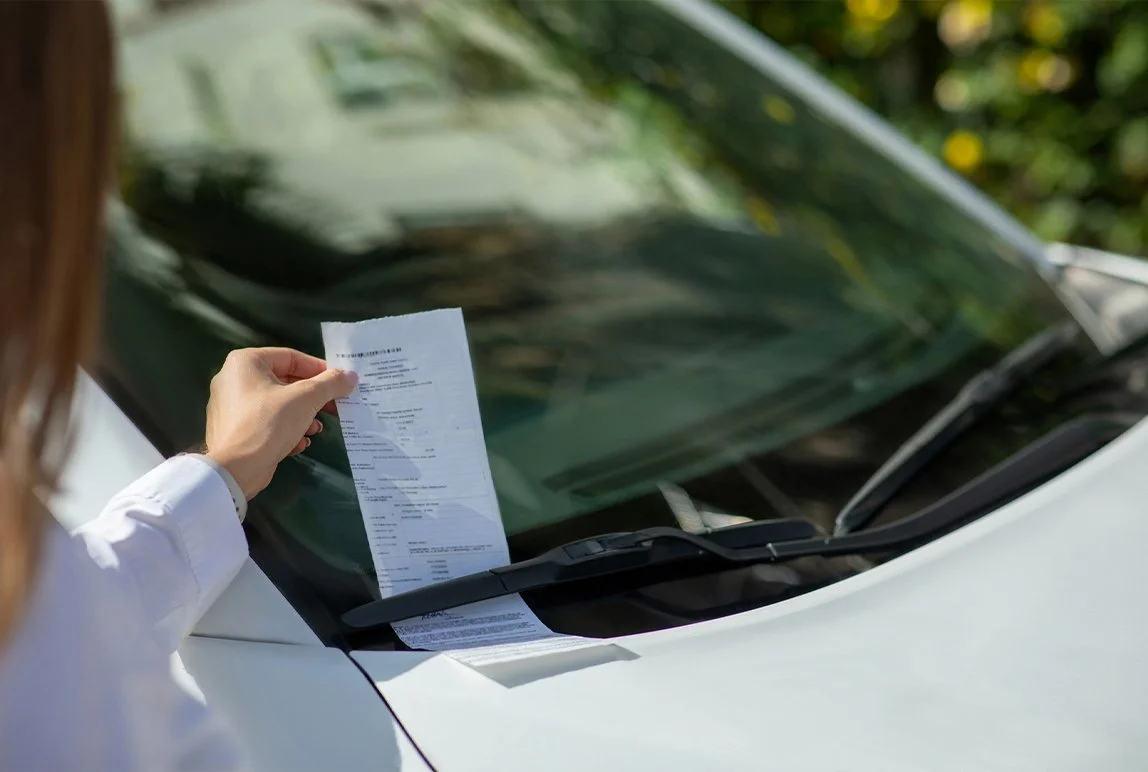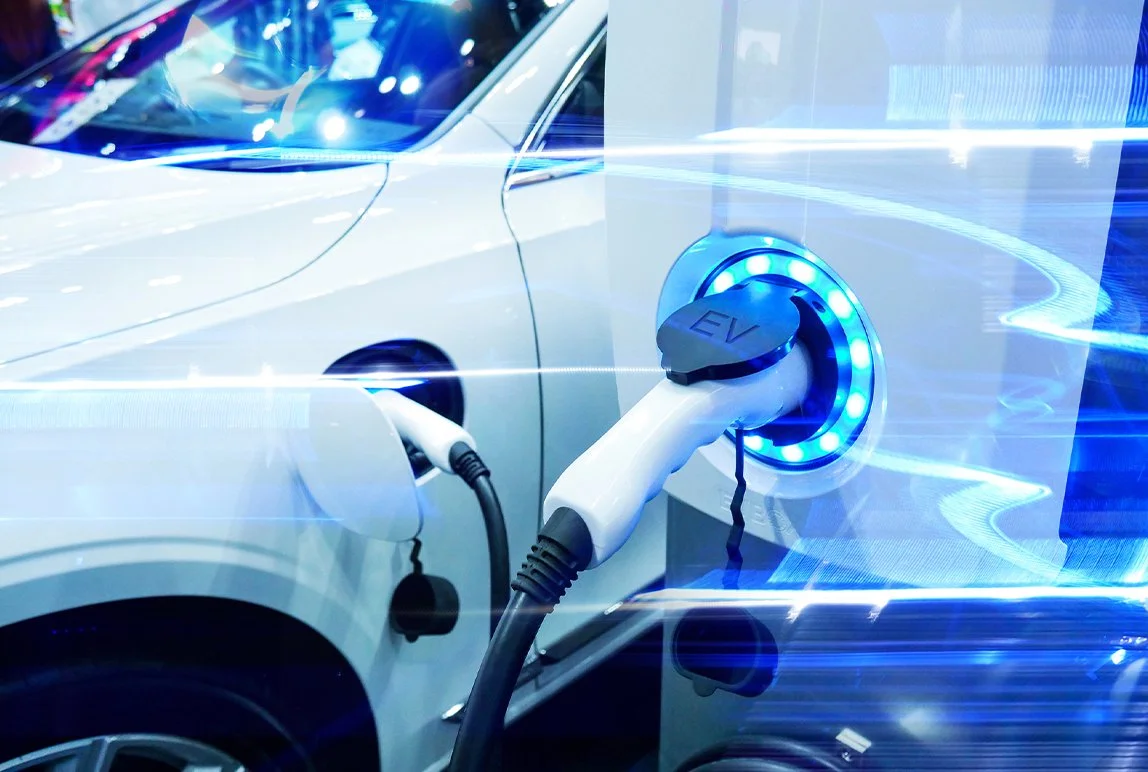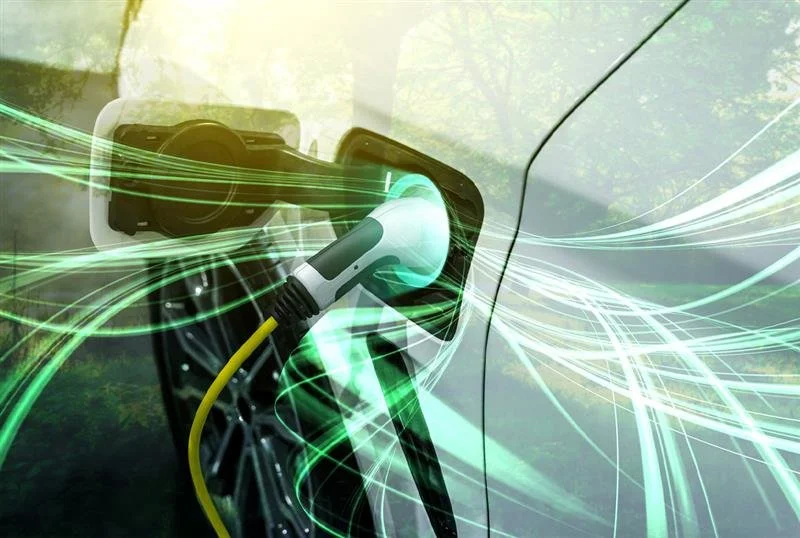What Level EV Charging Station Do I Need?
Posted: Aug, 18, 2025 10:43AM ET • 6 min read
As electric vehicles (EVs) become increasingly common across Canada, both drivers and businesses are searching for the right charging solutions to keep pace with demand. Not all charging stations are created equal— charge speed, installation cost, and ideal usage scenarios differ by level.
This article explores the differences between Level 1, Level 2, and Level 3 charging stations, offering guidance for EV owners, property managers, and parking operations looking to attract more drivers and generate additional revenue
Level 1 Charging: A Simple, Low-cost Entry Point
Level 1 charging is the most basic method of powering an electric vehicle. It uses a standard 120-volt outlet commonly found in homes and buildings, making it cost-effective and easy to install. For property owners seeking a low-barrier option with minimal upfront investment, Level 1 offers an accessible starting point.
However, the slow charging speed (only 3 to 5 kilometres of range per hour) limits its practicality. It’s best suited for locations where vehicles remain parked for extended periods, such as long-term airport parking, residential garages, or employee parking areas. While not ideal for high-turnover sites, Level 1 charging is a great way to begin offering EV services on a budget.
Level 2 Charging: The Standard for Public and Commercial Spaces
Level 2 charging is now the most commonly deployed solution across commercial, retail, and residential developments in Canada. These chargers operate on a 240-volt connection and provide 25 to 40 kilometres of range per hour, significantly faster than Level 1.
Found in office buildings, shopping malls, hotels, and multi-residential units, Level 2 chargers are ideal for drivers who are parked for a few hours or overnight. For businesses, they offer a balance of convenience and cost-efficiency; attracting EV users, encouraging repeat visits, and generating extra revenue without the heavy investment required for fast-charging infrastructure.
Level 3 or DC Fast Charging: High-speed Charging for High-demand Locations
Level 3 charging— also known as DC fast charging— delivers rapid charging, adding 100 to 300 kilometres of range in roughly 20 minutes. It’s the go-to option for drivers who need a quick top-up, especially in high-traffic or time-sensitive environments.
These chargers are typically installed along highways, at transit hubs, and near busy retail or business zones where fast turnaround is essential. While Level 3 chargers have higher installation and operating costs, they offer significant advantages: they attract high-volume users, reduce dwell time, and create opportunities for premium pricing. In busy areas, they can quickly become a strong return-on-investment asset.
By selecting a thoughtful mix of charging levels, facility owners and managers can meet a wider range of driver needs, support sustainability goals, and enhance the financial performance of their parking operations.
References
Lereno, E. (2023, December 19). A comprehensive guide to finding the perfect smart EV charging solution for your business. Parking Industry. https://www.parkingindustry.ca/parking-technology/a-comprehensive-guide-to-finding-the-perfect-smart-ev-charging-solution-for-your-business?rq=level+3
Loewenthal, B. (2022, March 18). DC fast charging: How businesses can benefit. Parking Industry. https://www.parkingindustry.ca/feature-articles/dc-fast-charging-how-businesses-can-benefit?rq=level+2
Sgorlon, A. (2025, March 5). Ev insights: Finding the Right Electric Vehicle Charging Station for your parking operation. Parking Industry. https://www.parkingindustry.ca/parking-technology/ev-insights-finding-the-right-electric-vehicle-charging-station-for-your-parking-operation?rq=DC+CHARGING
Share Article:
Featured Articles
ABOUT THE AUTHOR
Jay Ryatt
Director, Field Management
Jay is one of Precise ParkLink’s great success stories. Fifteen years ago, he started on the ground floor as a co-op student in our electrical division and then worked through an apprenticeship before, in 2003, obtaining his electrician ticket and becoming certified as a master electrician two years later.
Questions?
Fill out the form below and we will do our best to connect you with a suitable contact.












